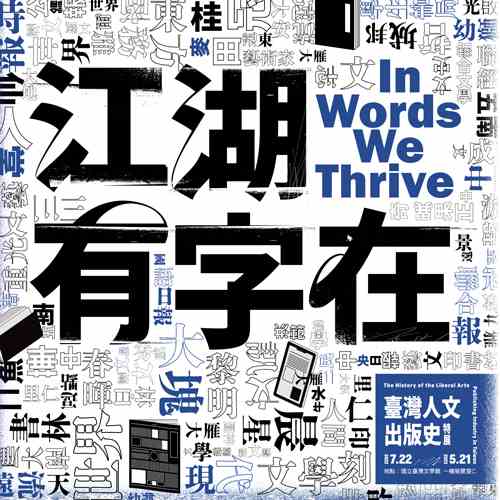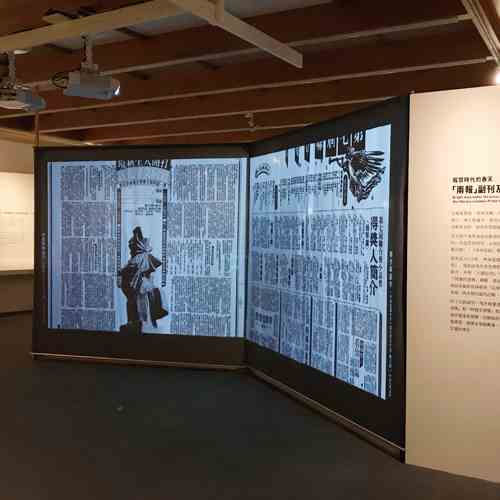The revolution of circulation - conglomerates vs independent publishers|The 612 copyright revolution - books, no longer to be browsed for free|A revolution of mediums - the possibilities about reading
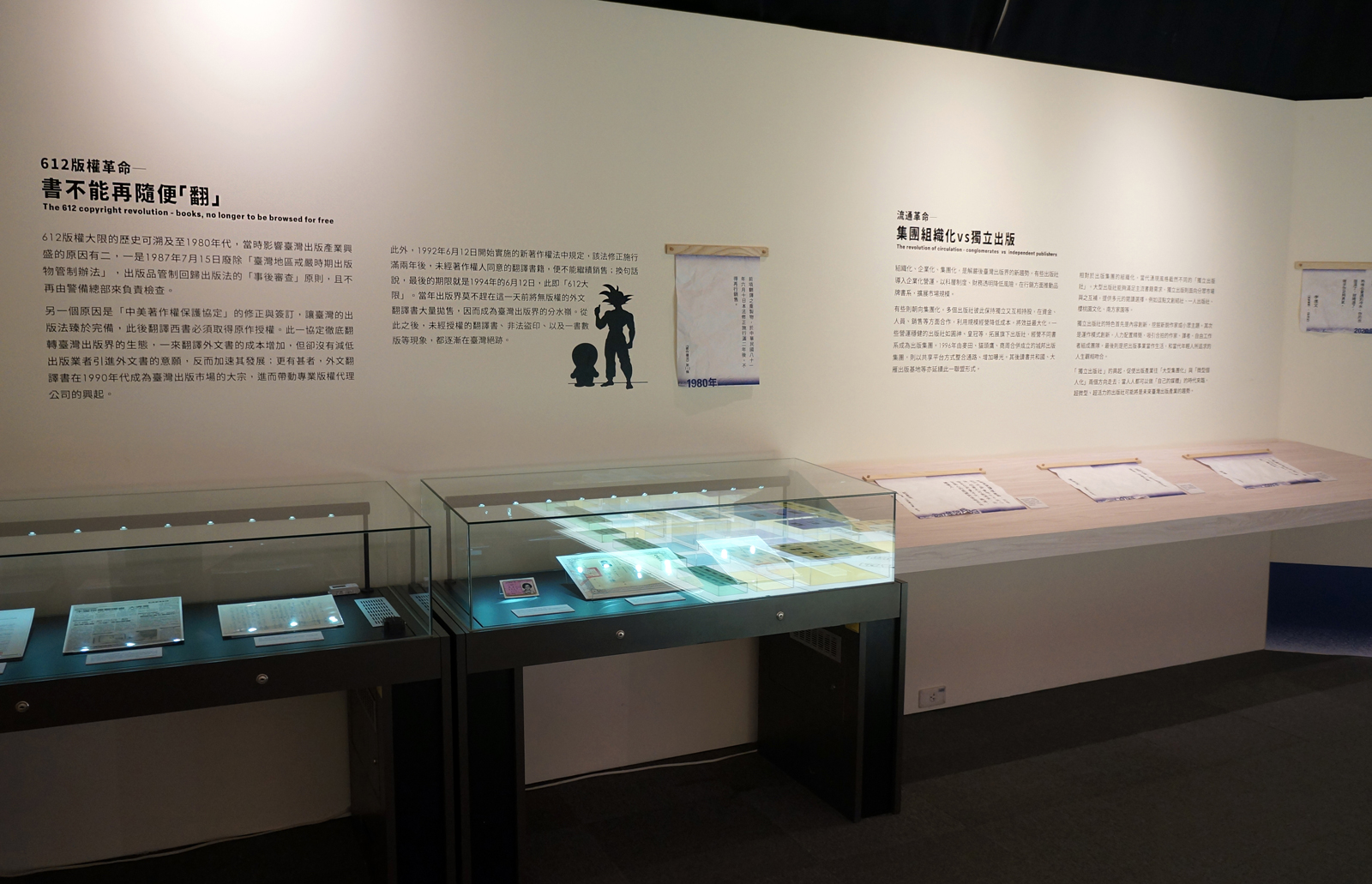
For the publishing industry, the most practical meaning of the lifting of martial law was that political taboos disappeared and the freedom of expression came into existence: everyone could say what they wanted to say and write what they wanted to write.
At the same time, Taiwan's economy was thriving, ideas were liberated, the education system was revolutionized, and technologies were fast developing. As a result, the publishing industry was burgeoning.
The first chain bookstore, Kingstone, was open against the backdrop of such thriving market. The amendment of copyright law connected Taiwan's publishing industry with the global one. Books written in foreign languages were introduced in large quantities. Also, more new bookstores appeared and a variety of media marketing approaches were adopted. With all sorts of favorable factors, the publishing industry actively expanded from small companies to big corporations. The society in general began to gain its source of knowledge from a different and renovating path.
Meanwhile, independent publishers emerged in response to the changes in publishing. From choosing topics, editing, and marketing, these innovative publishers did everything independently to change with the times with the lowest costs and greatest creativity.
Though the publishing industry seemed to decline since 2000 due to a decrease in print book sales, the publication of humanities books has continued. With the Internet developing vigorously, the rise of social media platforms, and the innovative forms of reading, new opportunities and inspirations are developing for the publication industry.
Special Column
"Phenomenal" Publishing Trend: Kingstone Book and Best Seller List
In 1983, the first Kingstone Book, targeting the general public, was opened in Gongguan. The bookstore introduced the business model adopted by chain bookstores. In the following year, Kingstone launched best seller lists, new book launch events, and speeches given by authors; these all predicted changes in the publishing industry.
Kingstone transformed both buying books and reading into dynamic consumer behaviors. Apart from books, it also sold stationery and records while providing a restaurant. In terms of the store interior, books were displayed on different shelves by category. Based on publishing strategies and market demand, the books were placed flat or sideways.
Kingstone had two types of Best Seller Lists according to the sales figures calculated by the computer: Literature and Non-Literature. This categorization allowed the sales of each book to be precisely quantified and the preferences of readers to be presented in front of the mainstream literary scene. The phenomenon of consumerism leading the publishing industry was more and more obvious, making literary publications increasingly accessible to the public. In the meantime, Taiwan's publishing industry also went into the direction of demassification.
The emergence of the Kingstone chain bookstores signified the first revolution of sales channels for books in Taiwan. Later on, the rise of online bookstores marked the second revolution. From book publishing to consumerism-led revolutions, the sales and marketing of literary publishing companies have transformed tremendously.
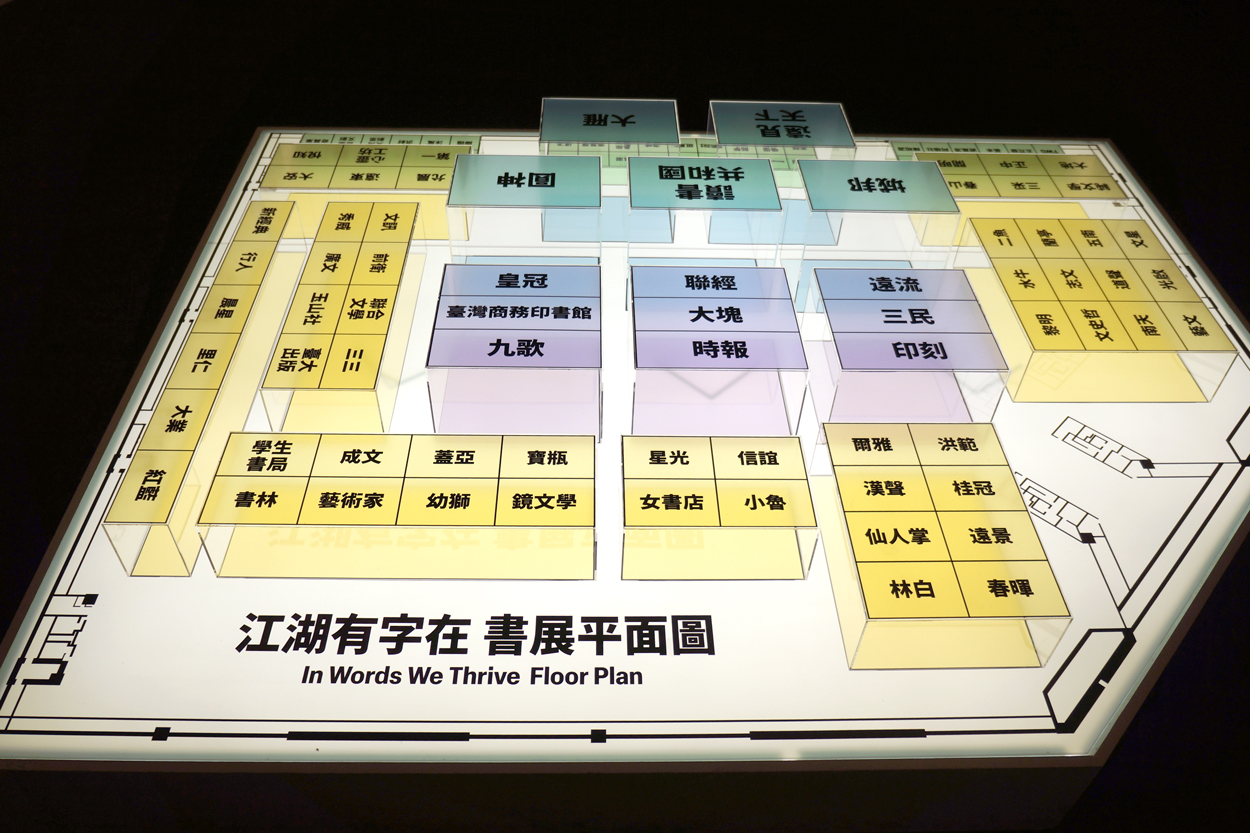
◎ In Words We Thrive Floor Plan
Special Column
From International House of Taipei to Taipei World Trade Center: The History of Book Fair
Do you know that before Daan Park came into existence, there was a building called International House of Taipei standing between Xinsheng South Road and Xinyi Road? The International House of Taipei Book Fair was a collective memory for many Taipei residents.
The construction of International House of Taipei was finished in 1957. It was a dormitory built for foreign exchange students by the government. At the time, a Nationwide Book Fair was held every spring and fall, setting off a surge in readers. It also became an important channel for Taiwan's publishing industry.
In 1987, the event was renamed Taipei International Book Exhibition. The first year of the event was held at the newly-built Central Library. In order to make the book fair more international and to solve the problem of insufficient booths, the event was moved to Taipei World Trade Center for the second year. Since 2005, the event has been managed by Taipei Book Fair Foundation to this day, which is the book fair we are now familiar with.
Taipei International Book Exhibition features different themes and countries for cultural exchange. In recent years, the fair, adapted to the change of times, has no longer served merely as an exhibition for publishers to sell books. Through the venue design, the display of books, the spatial layout, and the prolonged opening time to the evening, the event not only attracts people with its discounts on books but also with a unique "live ambience" for readers.
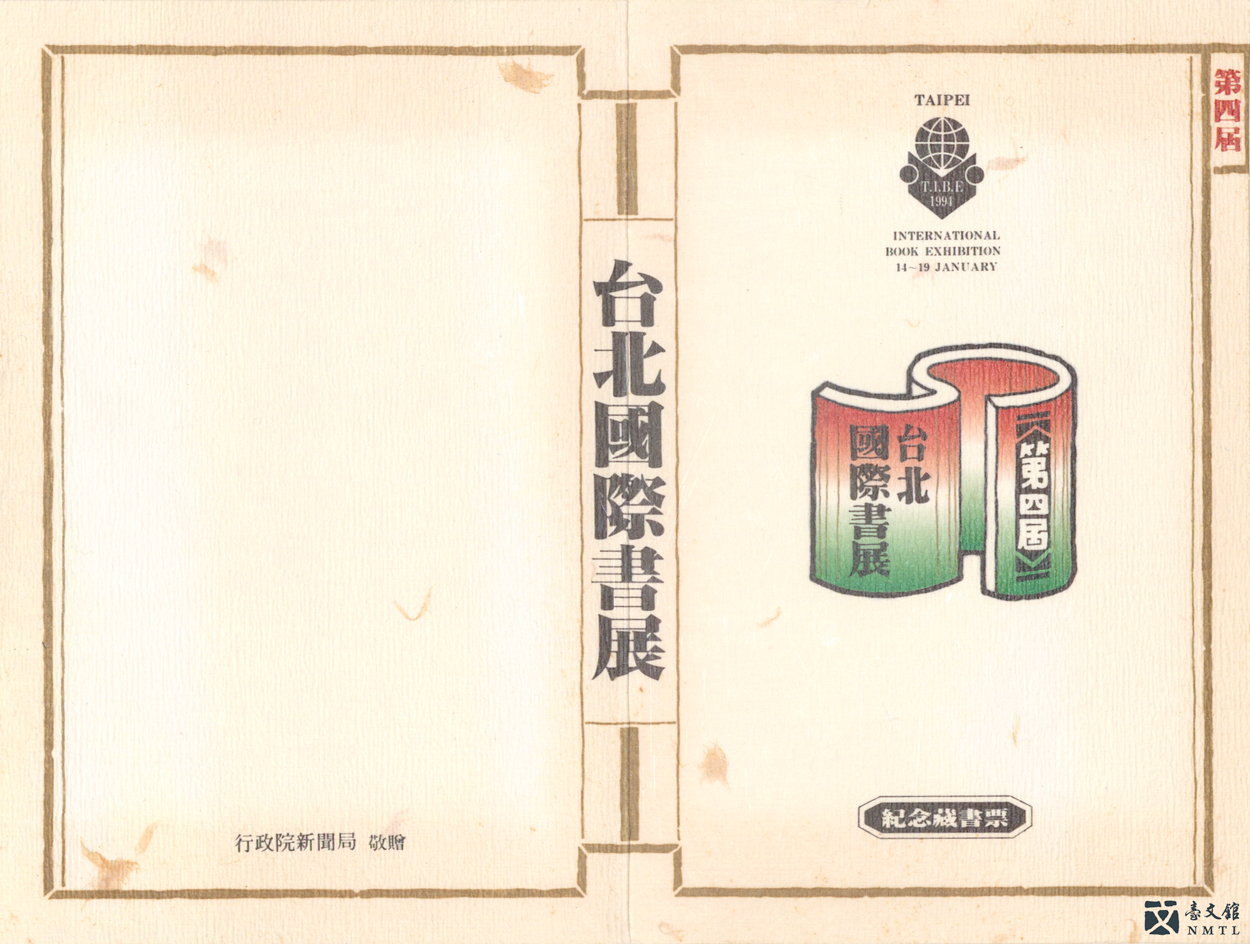
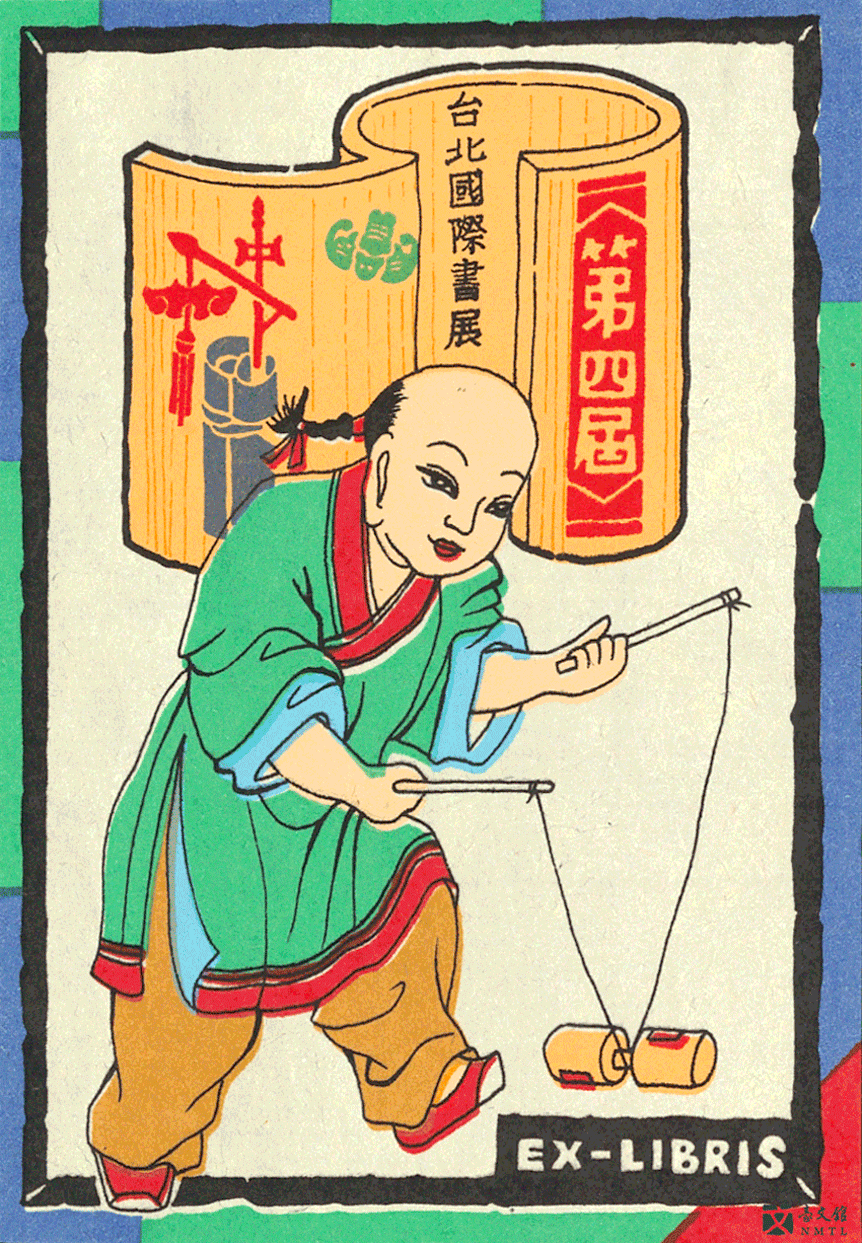
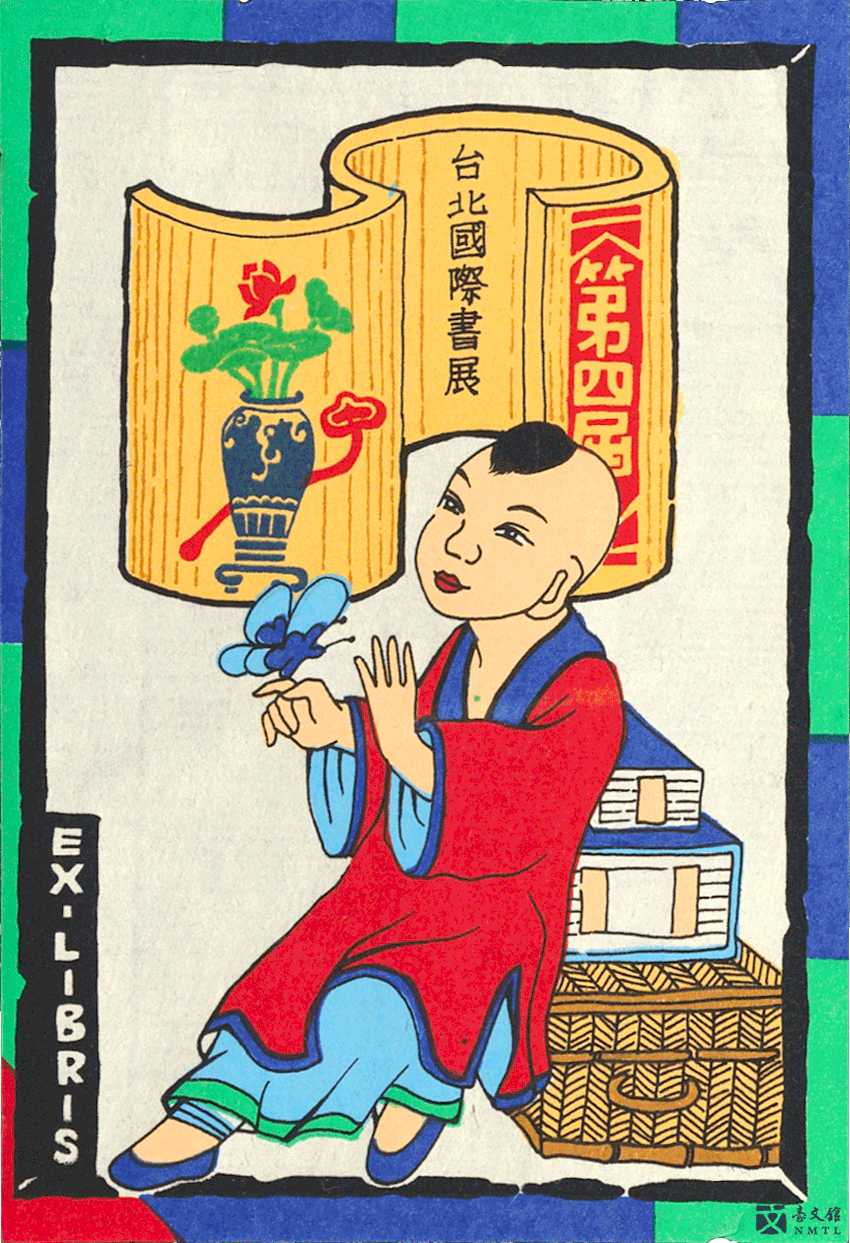
⁍ The 4th Taipei International Book Exhibition Bookplate|1994.
(Provided by Sasaki Yasuyuki/ From the National Museum of Taiwan Literature permanent collection)
The revolution of circulation - conglomerates vs independent publishers
After martial law was lifted, a new trend occurred: more and more publishing companies in Taiwan became organizations, corporations, or conglomerates. Some publishers introduced a management style typical of a big corporation and reduced risks by implementing bureaucracy and financial transparency. They also started sub-branding marketing to expand their operations.
Some publishers have become conglomerates with multiple independent publishing companies and reciprocal cross holdings. These subsidiary companies cooperated in terms of capital, personnel, and sales. They reduced costs and maximize profit by scaling up their operations. Several publishers with stable operations (e.g., Booklife and Crown Culture) became publishing conglomerates by creating secondary publishers selling different genres. In 1996, Cite Publishing Ltd., a merger of Rye Field Publishing, Owl Publishing House, and Business Weekly, integrated its sales channels using a shared platform to increase its visibility. Later on, Book Republic and AND Books also adopted this form of alliance.
In contrast to publishing conglomerates, there has been a surge of "independent publishers" that operated in completely different styles. Big publishing companies could satisfy the need for mainstream books, whereas independent publishing companies targeted niche areas, providing diverse options for reading.
These independent publishers included Comma Books, Alone Publishing, VS Press, and Homeward Publishing. These independent publishers possessed several characteristics. To begin with, they were innovative and good at exploring emerging writers and niche areas. Secondly, they used innovative ways to run their businesses with a rather small team of personnel; they attracted writers, translators, and freelancers who agreed with their philosophy to form a team. Lastly, these publishers saw publishing as a lifestyle, which corresponded to the life philosophy held by contemporary young people.
The emergence of "independent publishers" has motivated the publishing industry to move in two directions: "big conglomerates" and "miniature personalization." When everyone is able to run "one's own media," the extremely personalized and vibrant publishing companies might become a trend for Taiwan's publication industry in the future.
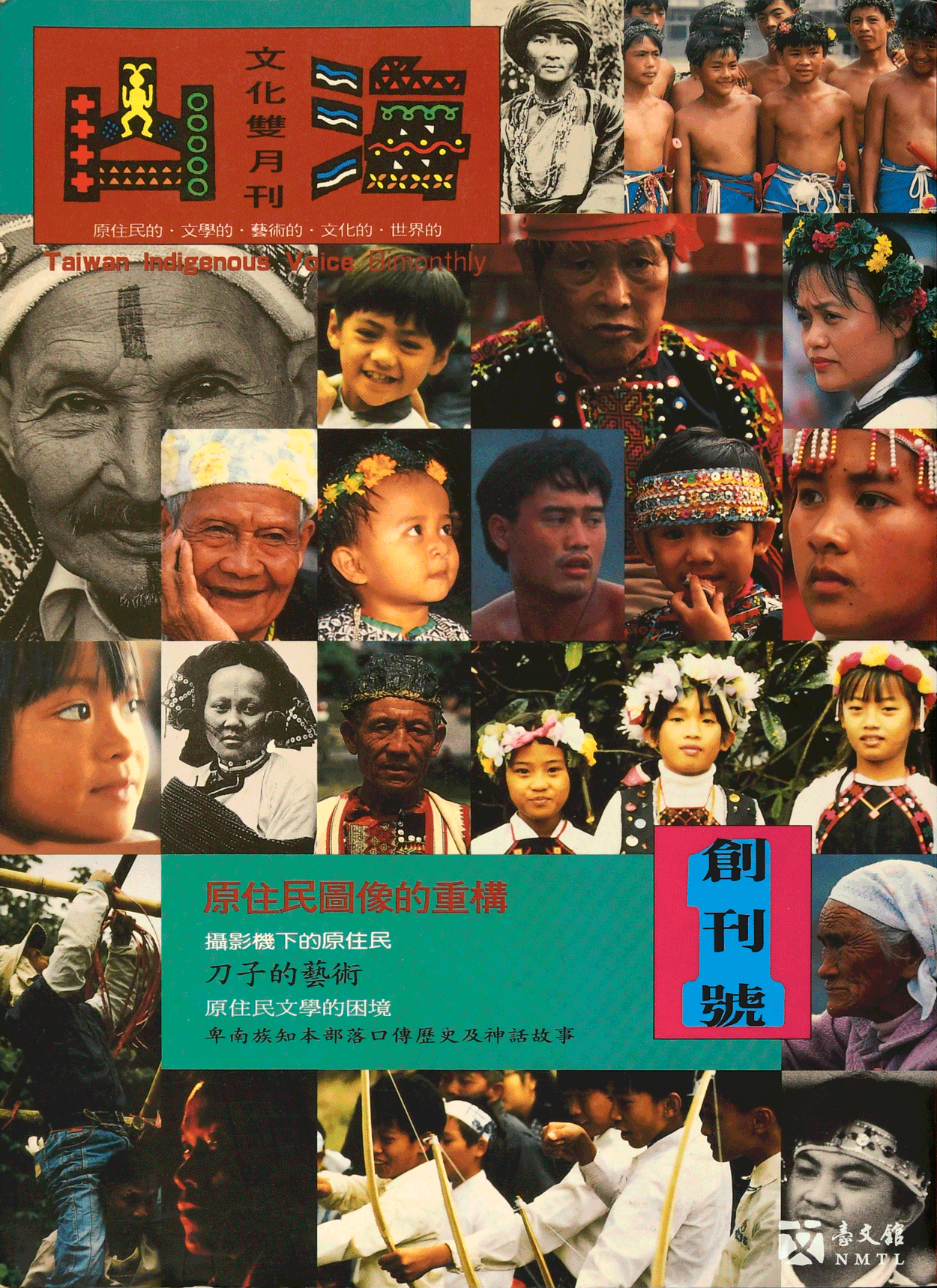
⁍ SHAN HAI CULTURE BIMONTHLY (First Issue)|Indigenous Peoples Cultural Development Association of Taiwan, 1993.11.
In June 1993, the Indigenous Peoples Cultural Development Association of Taiwan was established; it created the Shan Hai Culture Press and launched SHAN HAI CULTURE the same year in November. Led by editor-in-chief Paelabang Danapan, SHAN HAI CULTURE was the first publication to focus on the reporting of indigenous people. It not only made timely responses regarding the involvement of indigenous authors in contemporary Taiwanese literary circles, but also inspired and encouraged different generations of indigenous writers. (Provided by Lin Chin-peng's family/ From the National Museum of Taiwan Literature permanent collection)
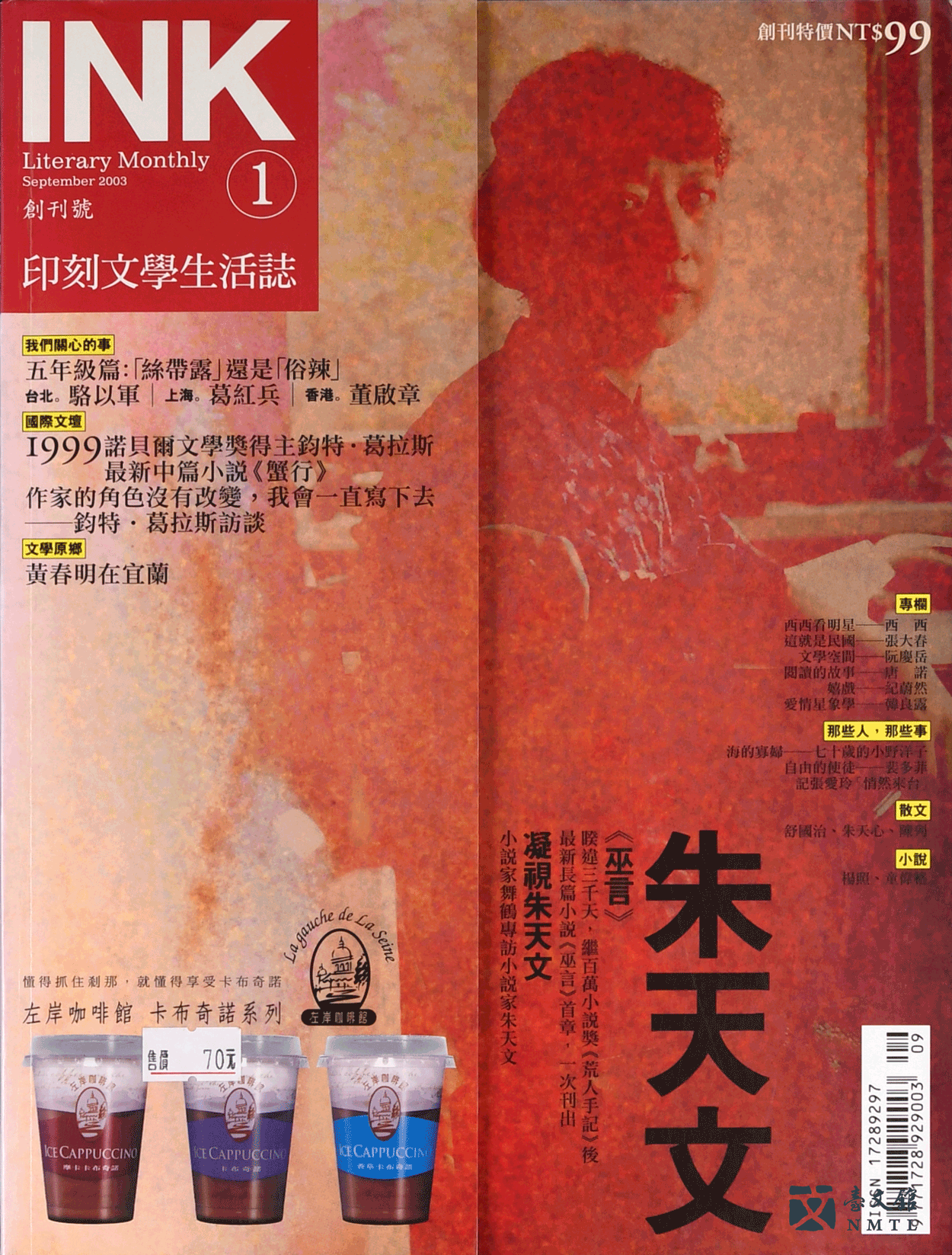
⁍ INK LITERARY MONTHLY (First Issue)|2003.9.
In May 2001, Chu An-min established Ink Literary Publishing and its debut saw the reprint of Lin Hwai-min's CICADA as well as notable works by turn of the century authors Chu Tien-hsin, Su Wei-chen, Yang Zhao, among others for its core collection LITERARY SERIES that featured seven categories. INK LITERARY MONTHLY was founded in September 2003 with a focus on literature, covering art crossovers, profiles of up and coming personalities, literary education, global literary trends and more. (Provided by Tsai Yu-ling/ From the National Museum of Taiwan Literature permanent collection)
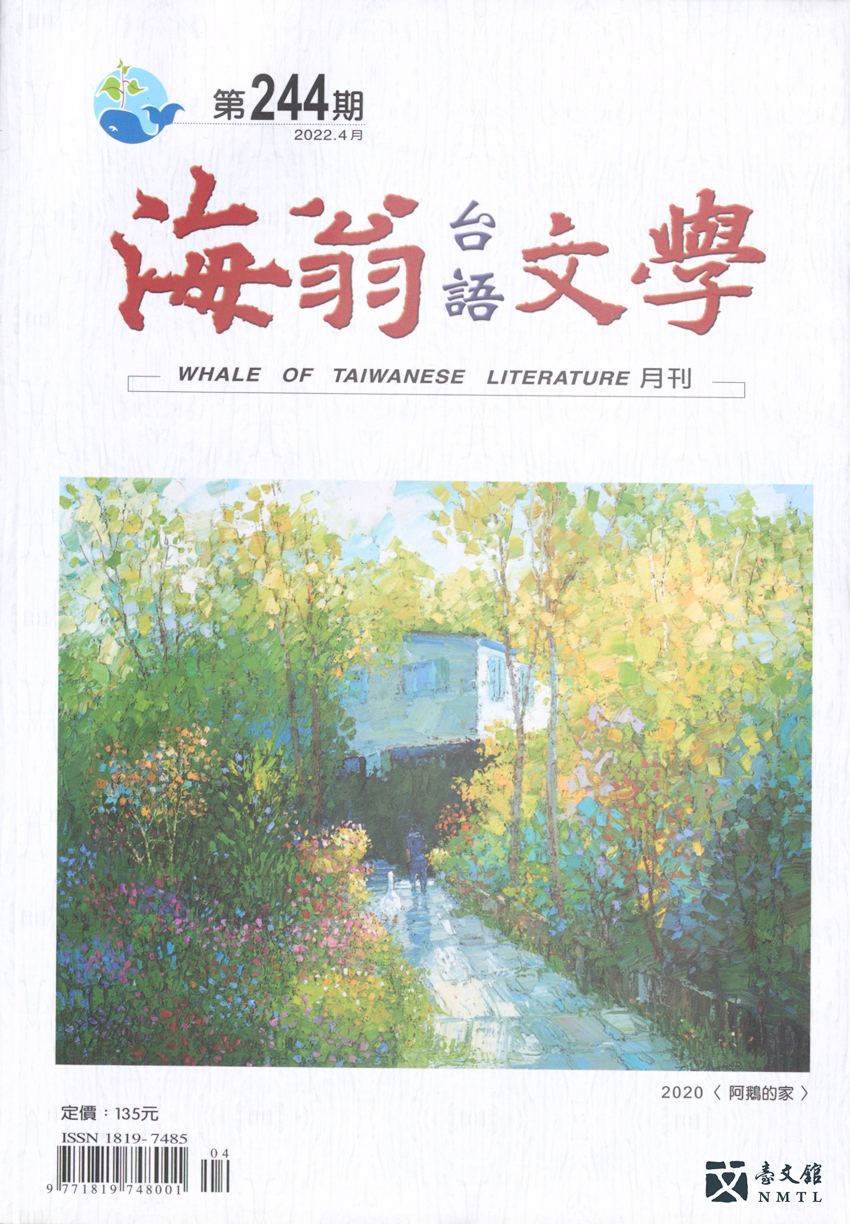
⁍ WHALE OF TAIWANESE LITERATURE Bimonthly|Cheerful Magazine Company, 2001.2.
WHALE OF TAIWANESE LITERATURE was founded by Tsai Chin-an while Huang Ching-lien served as editor-in-chief. In January 2003, the magazine was renamed WHALE OF TAIWANESE LITERATURE MONTHLY, and mainly published Taiwanese-written literary works including research discussions, modern poetry, prose, novels, plays, traditional children's songs, fables, and folk songs. It offered Taiwanese writers and researchers a platform for expression and has made significant contributions to the Taiwanese literature movement. (From the collection of the library at the National Museum of Taiwan Literature)
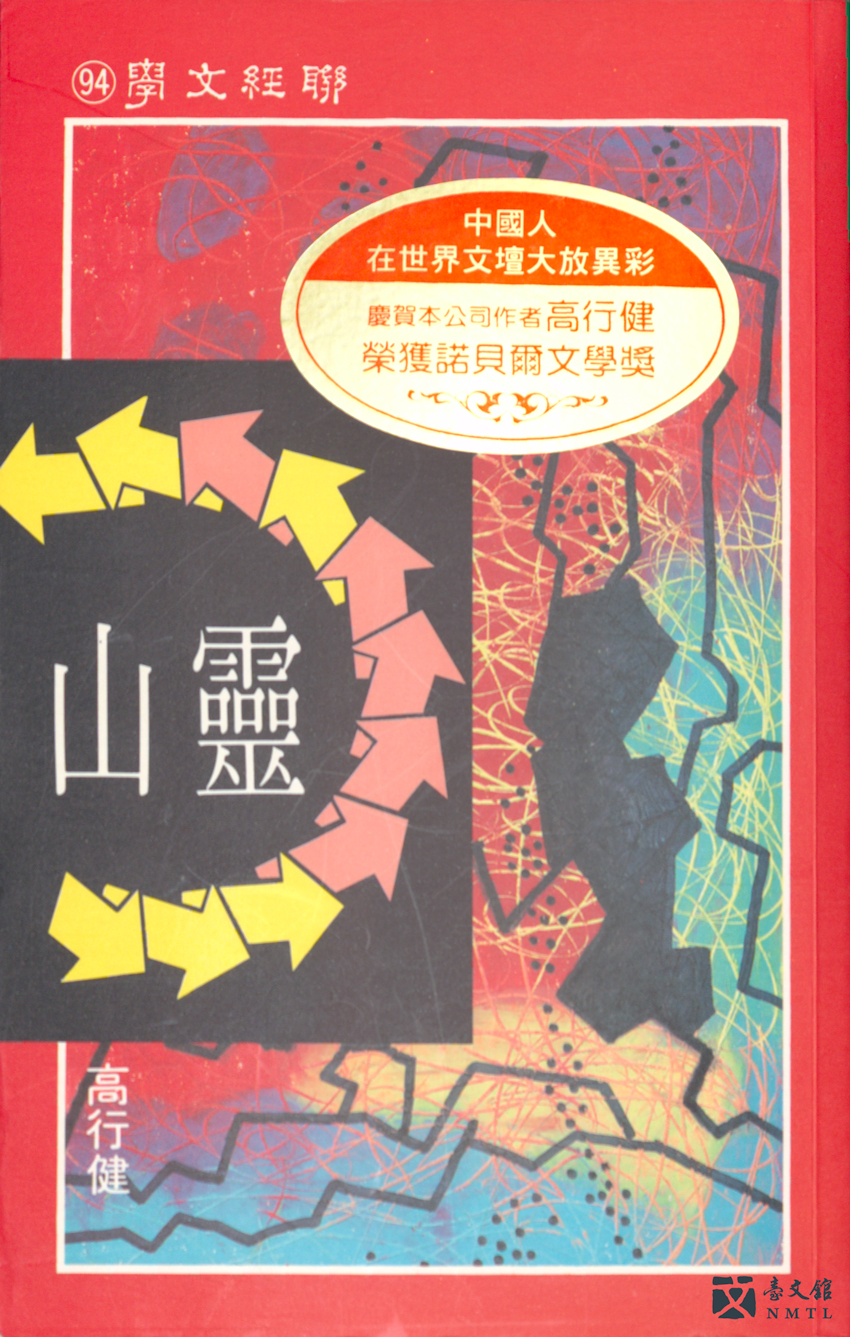
⁍ SOUL MOUNTAIN, Gao Xing-jian|Linking Publishing, Taipei, 1990.12.
A narrative masterpiece with autobiographical flair, SOUL MOUNTAIN was not very successful at the beginning from a publisher's perspective. Although niche literature usually does not perform well, Linking Publishing deemed it necessary to print and issued 2,000 copies in its first run, which took 8 years to finish selling. In 2000, Gao Xing-jian became the first Chinese author to be awarded the Nobel Prize in Literature, and SOUL MOUNTAIN garnered overwhelming popularity overnight. It was currently a best-selling contemporary classic and has been translated into several different languages. (From the collection of the library at the National Museum of Taiwan Literature)
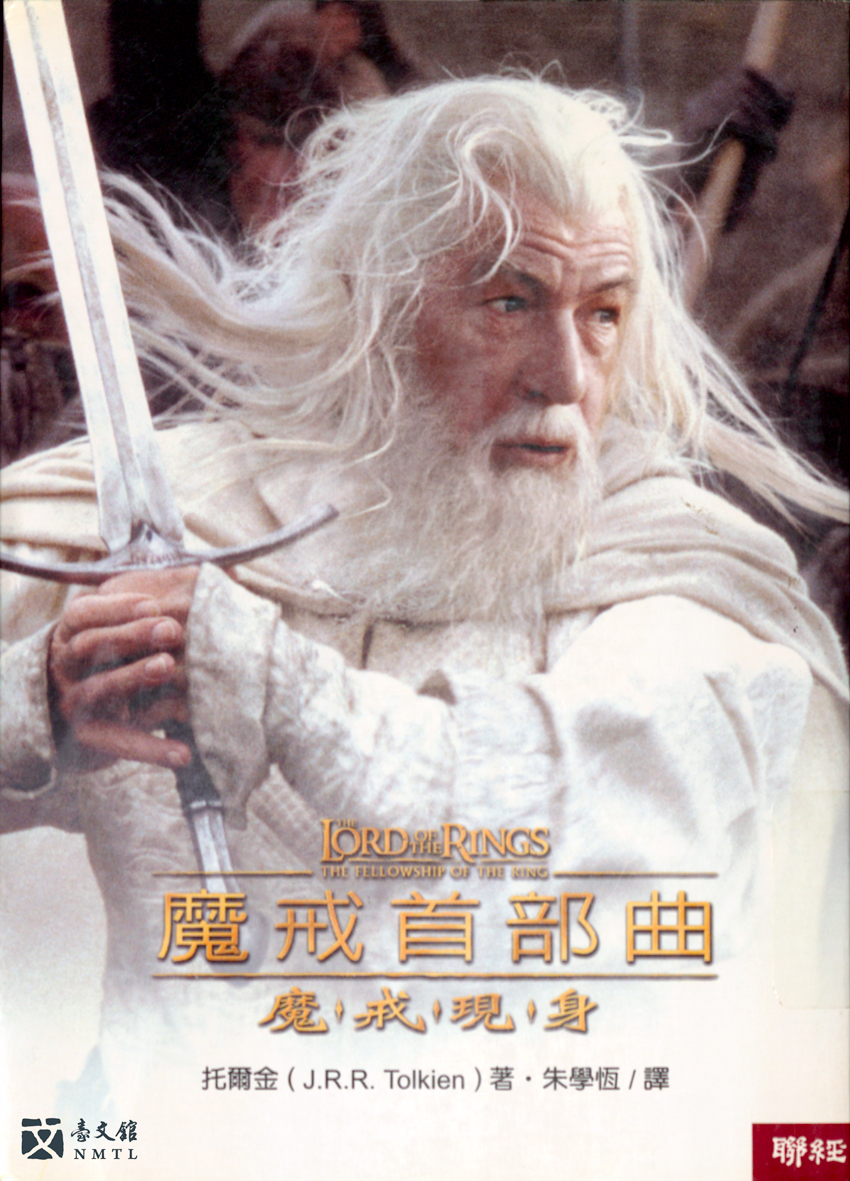
⁍ THE LORD OF THE RINGS: THE FELLOWSHIP OF THE RING, J.R.R. Tolkien, translated by Chu Hsueh-heng|Linking Publishing, Taipei, 2001.12.
In 2000, Crown Culture Publishing released the HARRY POTTER series in Taiwan which was extremely well received. Linking Publishing retranslated LORD OF THE RINGS in 2001 and the series was published alongside the movie release of THE FELLOWSHIP OF THE RING to become the best sellers again. HARRY POTTER and LORD OF THE RINGS introduced Taiwanese readers to a previously unfamiliar genre and opened the doors for an influx of fantasy novels. (From the collection of the library at the National Museum of Taiwan Literature)
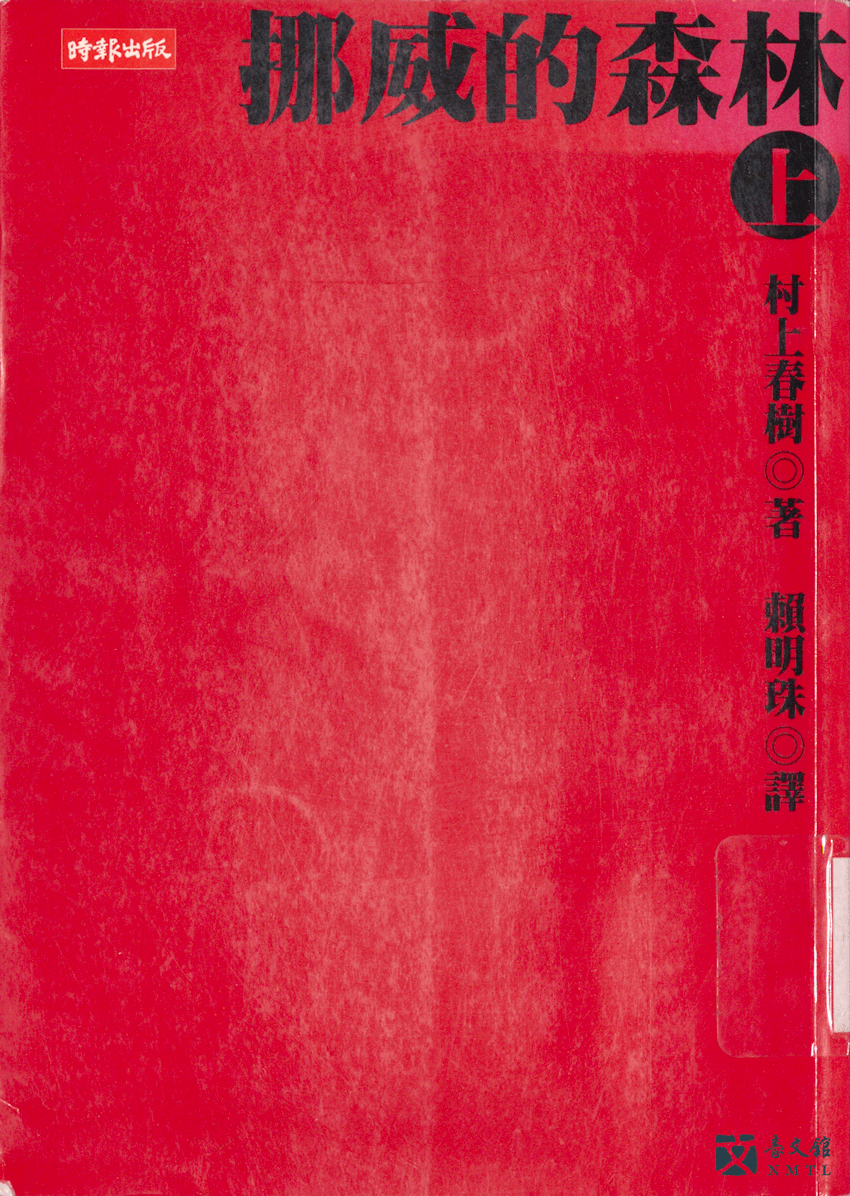
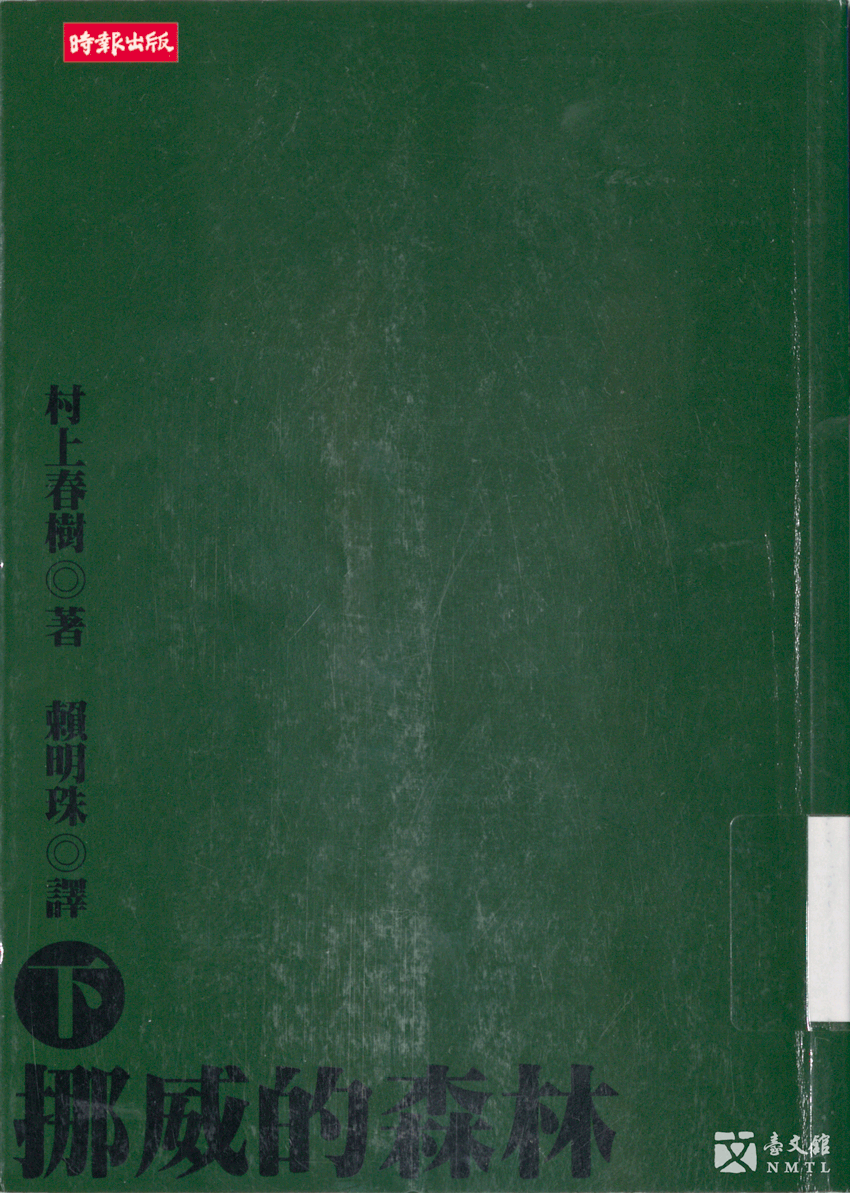
⁍ NORWEGIAN WOOD, Haruki Murakami, translated by Lai Ming-chu|China Times Co, Taipei, 2003.11.
In the 1990s, the novels by Japanese author Haruki Murakami acquired a cult following in Taiwan and were must-read classics for many young readers. After the new copyright laws were enacted in 1994 China Times Publishing obtained exclusive copyrights to Murakami's works, and translator Lai Ming-chu soon became known as "Murakami's spokesperson." Published in 2003, this exhibit is the second edition of NORWEGIAN WOOD and features a red and green cover designed by Murakami himself. (From the collection of the library at the National Museum of Taiwan Literature)
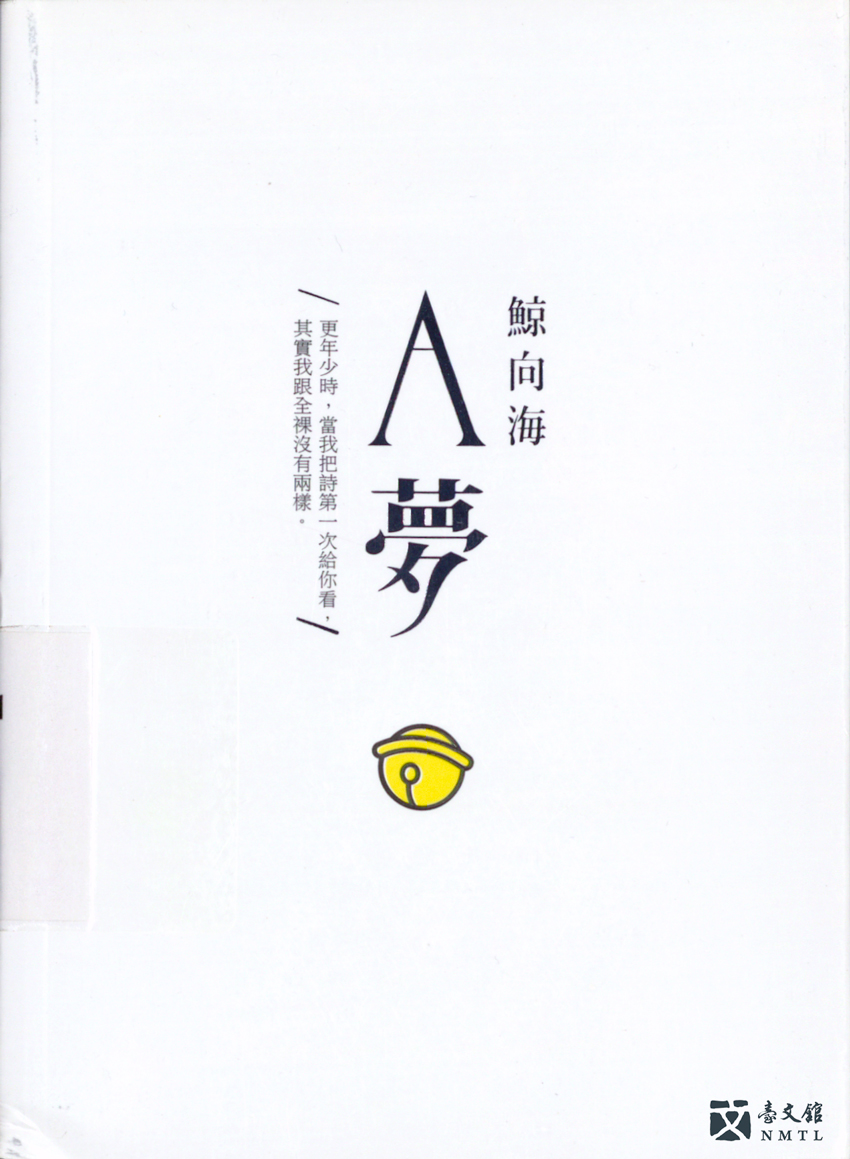
⁍ A DREAM, Jing Xiang-hai|Comma Books, Taoyuan, 2015.1.
Independent publishing house Comma Books was founded in 2010, specializing in recruiting new and promising writers to craft innovative and interesting reads with unique publishing plans. A DREAM is listed in the publisher's poetry collection under the pure literature category, and is printed in lightweight, exquisite Bunkobon format. (From the collection of the library at the National Museum of Taiwan Literature)
The 612 copyright revolution - books, no longer to be browsed for free
The history of "The 612 Expiration Date" can be traced back to the 1980s. There were two reasons behind the prosperity of Taiwan's publication industry: First of all, the "Restrictions on Publications during the Martial Law Period" were lifted on July 15, 1987; publications were then governed by the principle of "subsequent punishment of the publication law" and were no longer inspected by the Taiwan Garrison Command.
The other reason was that the amendment and establishment of "The U.S.-Taiwan Copyright Agreement" completed Taiwan's copyright law. From then on, translating western books required the authorization of the original copyright holder. This agreement thoroughly transformed Taiwan's publication industry. Although the costs of translating foreign books increased, publishers' willingness to import foreign books did not decrease; instead, the situation facilitated the import of foreign books. In fact, translated books took up the majority of Taiwan's publication market in the 1990s, leading to the emergence of professional copyright agencies.
In addition, the new copyright law that came into effect on June 12, 1992 states that a translated book cannot be sold again without the permission of its copyright holder two years after the law is passed. In other words, the last date that publishers could still sell unauthorized translated books was June 12, 1994, "The 612 Expiration Date." In that year, the publishers hurried to sell unauthorized translated books in large quantities, making the day a significant watershed moment for the publication industry. Afterwards, unauthorized translated books, illegal book printing, and the practice of multiple editions of the same book disappeared in Taiwan.
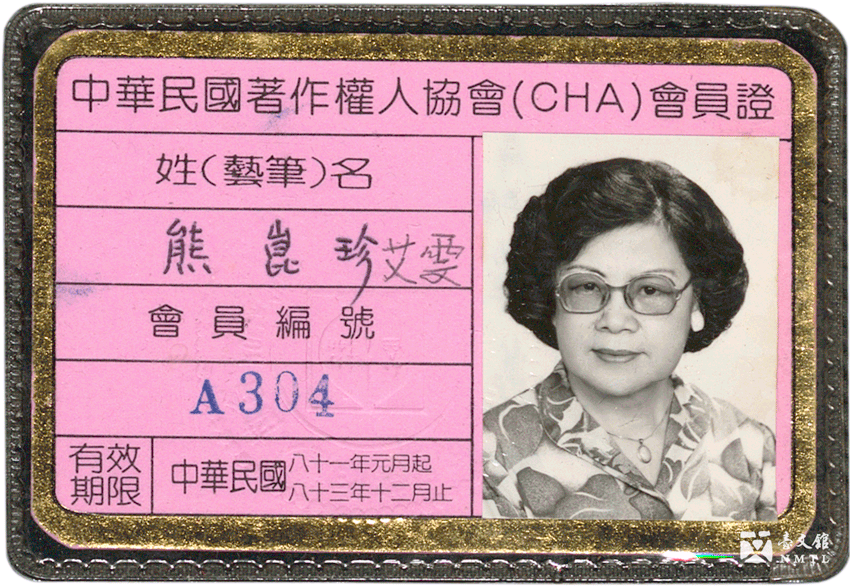
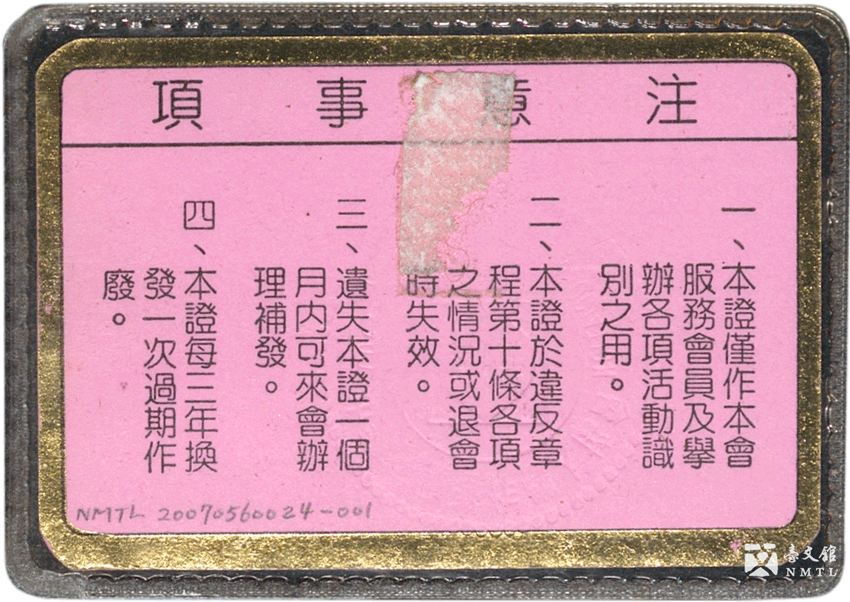
⁍ Taiwan Copyright Owners Association Membership Certificate: Ai Wen|1992.1.
This is author Ai Wen's membership certificate for joining the association. Taiwan Copyright Owners Association, also known as CHA, was founded in 1976 as the first institution dedicated to the avocation of copyrights and the protection of copyright owners. It launched a small newspaper when it first established, COPYRIGHT OWNERS JOURNAL, which ceased publication after two or three years. (Provided by Ai Wen/ From the National Museum of Taiwan Literature permanent collection)
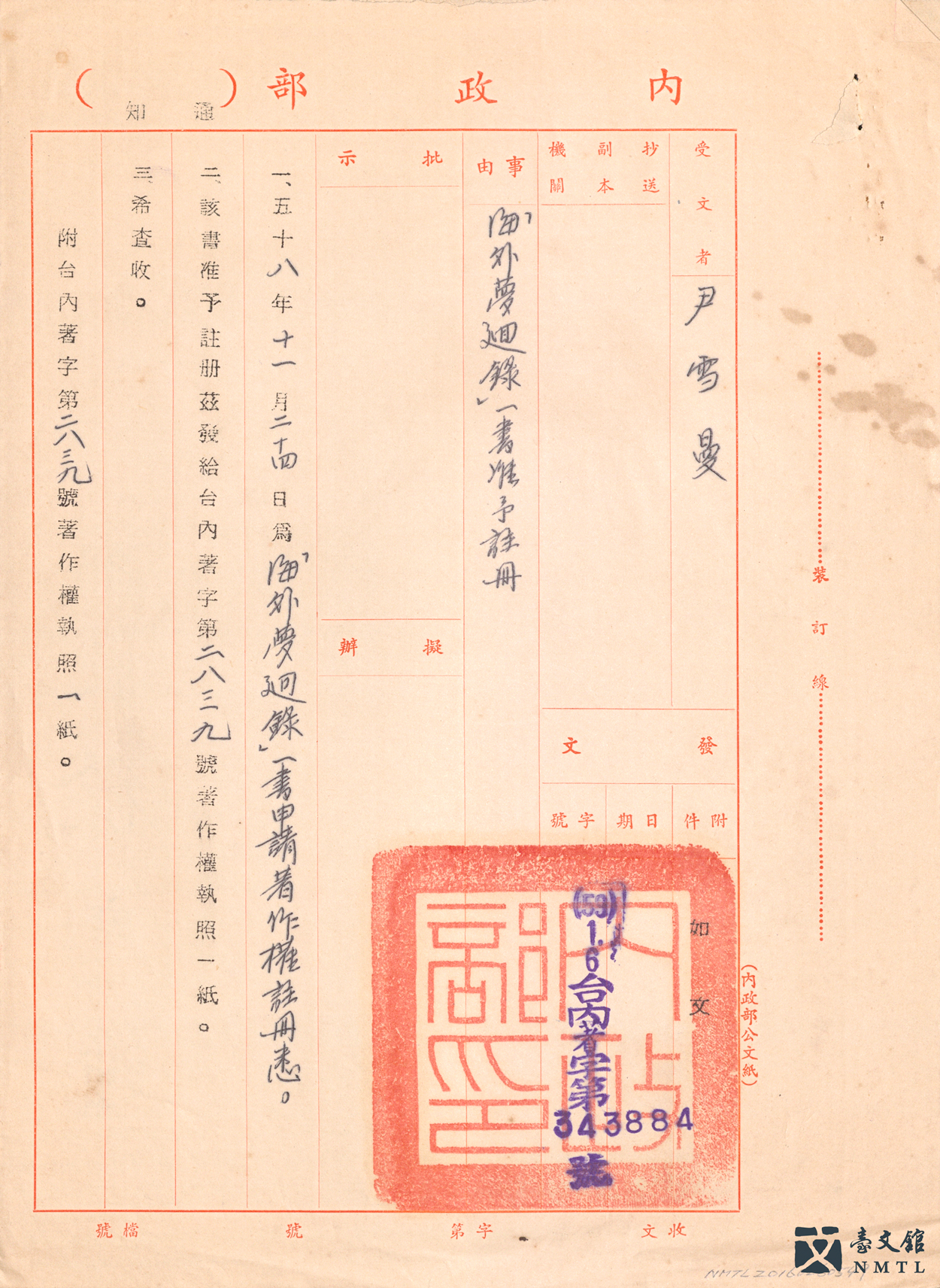
⁍ OVERSEAS DREAMING Grant of Registration Notice, Official Document of Ministry of the Interior|1970.1.6.
Yin Hsueh-man's OVERSEAS DREAMING: TAIWANESE IN NEW YORK, published in 1966, is known as the earliest overseas student literature. This official document from the Ministry of the Interior takes us back to the time before the COPYRIGHT LAW ENFORCEMENT REGULATIONS were abolished on January 21, 1998. At that time authors were required to submit relevant documents when applying for copyrights registration. This exhibit is of an issued notice declaring the book had obtained its license. (Provided by Fang Ho/ From the National Museum of Taiwan Literature permanent collection)
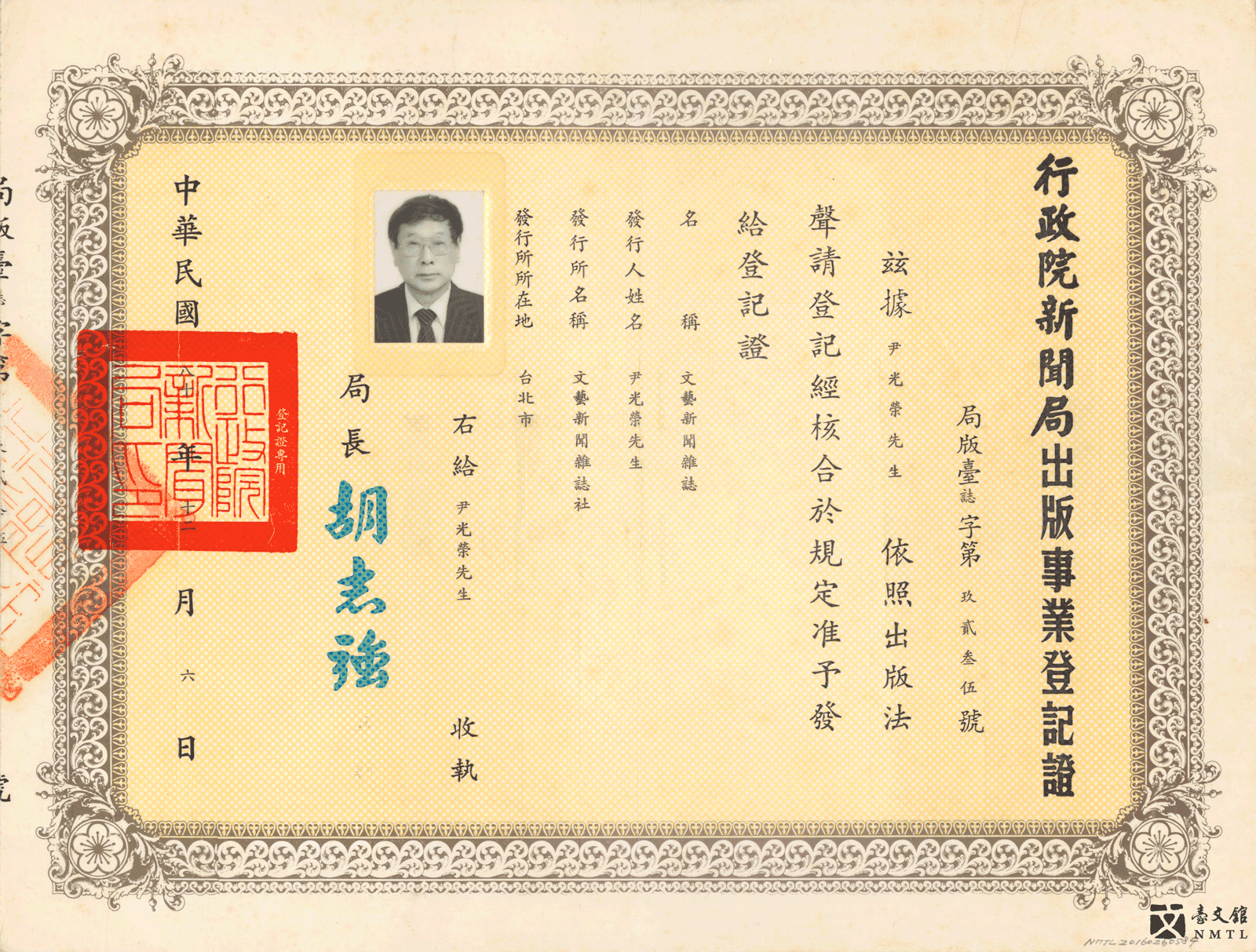
⁍ LITERARY NEWS MAGAZINE Publishing Business Registration Certificate|1991.12.6.
During the martial law era, all Taiwanese publications were strictly regulated by the PUBLISHING LAW that was constituted in the 1930s. Starting a newspaper or magazine required "submitting a registration application to the municipal or county government, which would then report it to the provincial government. Distribution rights were granted only if everything complied with regulations." Just like Yin Hsueh-man, approved applicants would receive this certificate issued by the Government Information Office of the Executive Yuan. (Provided by Fang Ho/ From the National Museum of Taiwan Literature permanent collection)
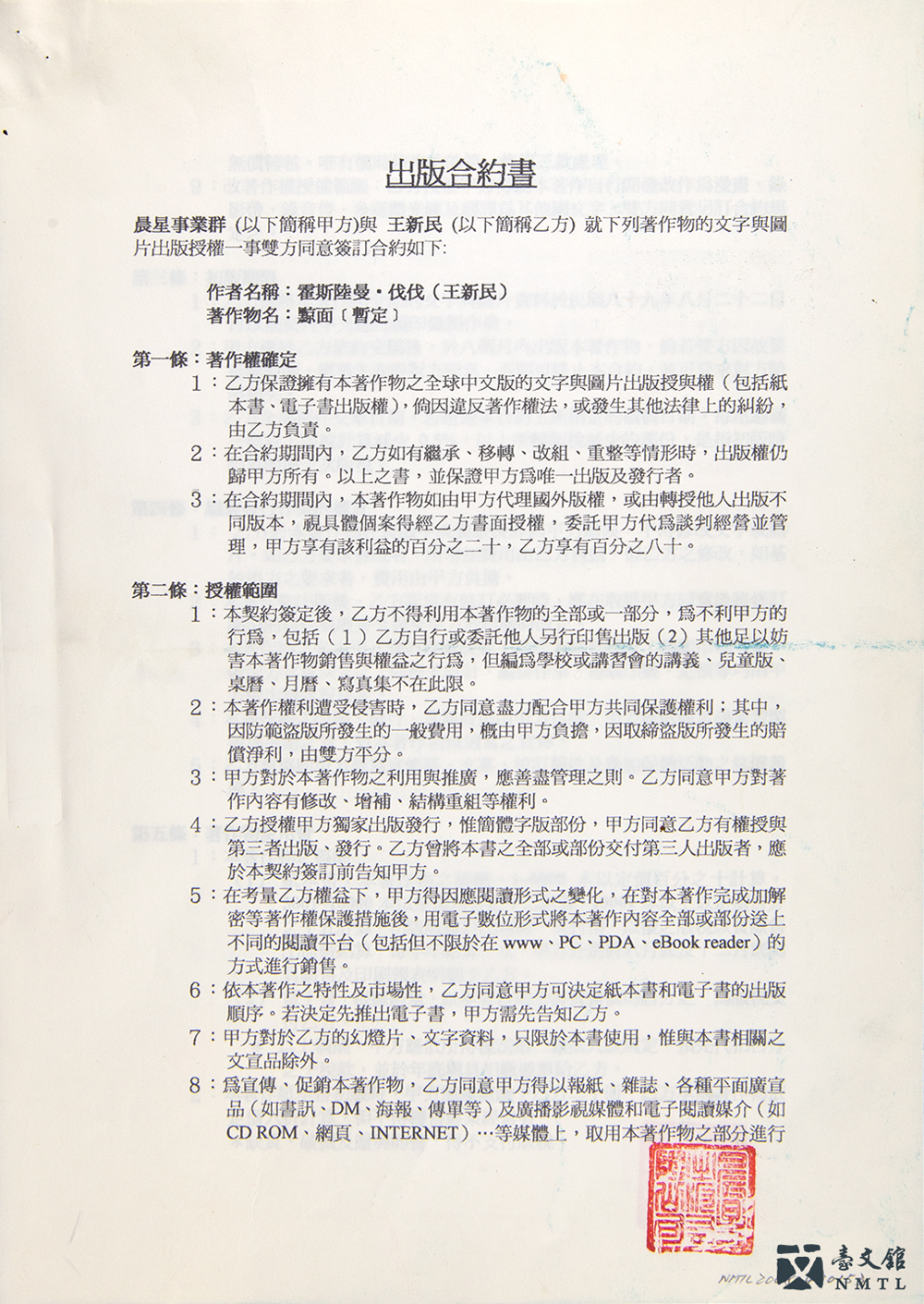
⁍ Publishing Contract: TATTOO|2000.8.25.
This publishing contract was signed in 2000 between Bunun author Husluman Vava and Morning Star Publishing Inc. TATTOO was printed in February 2001. It was the author's second collection of short stories, comprising nine novels, including: Tattoo, Prey, and Rituals of Birth. (Provided by Husluman Vava/ From the National Museum of Taiwan Literature permanent collection)
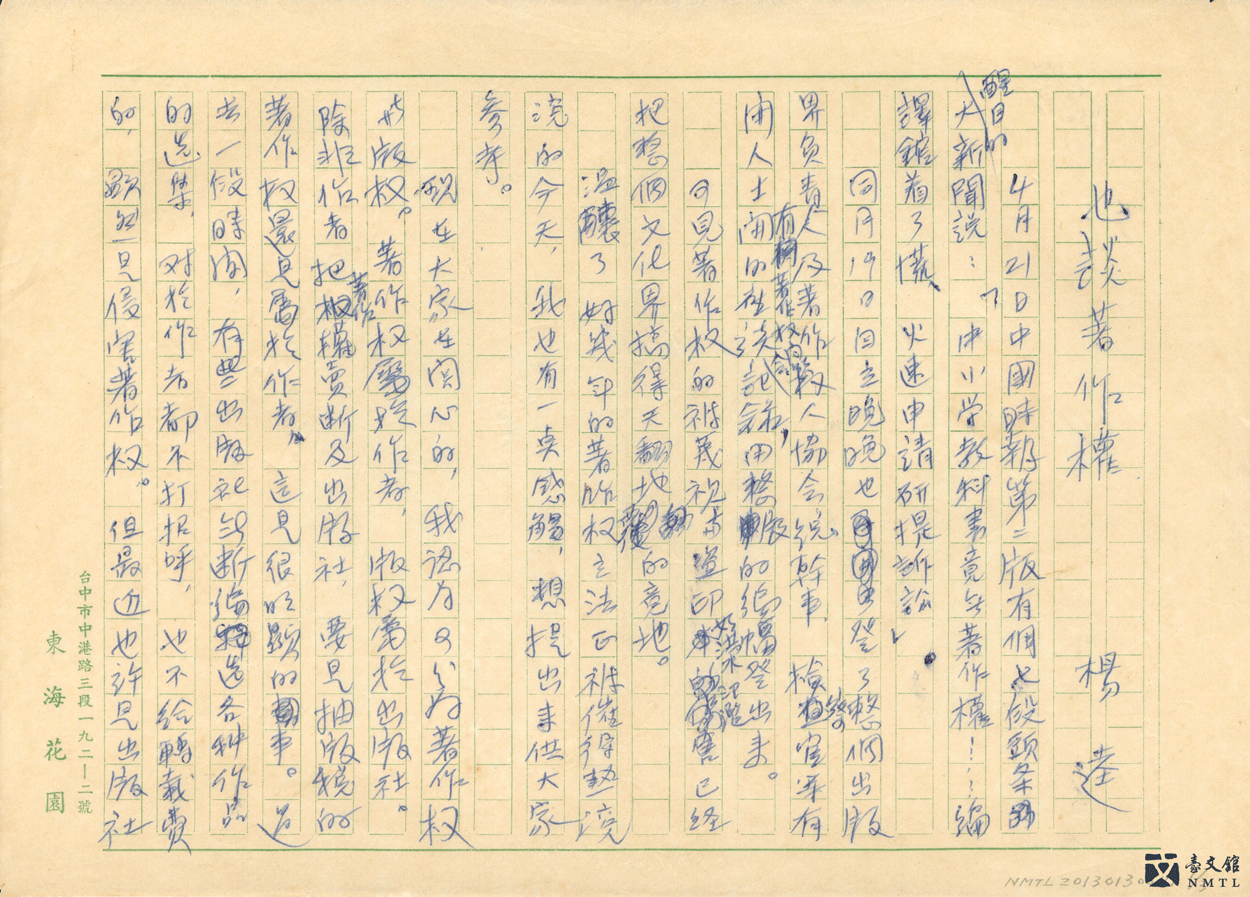
⁍ "Let's Also Talk About Copyrights" (Manuscript), Yang Kuei
After reading the news about textbooks used by middle and elementary schools having no copyrights, Yang Kuei wrote this article "Let's Also Talk About Copyrights." In this article, he separates "author's rights" and "copyrights" and reveals the many corrupted practices of some publishers that infringed writers' rights. (Provided by Yang Chien/ From the National Museum of Taiwan Literature permanent collection)
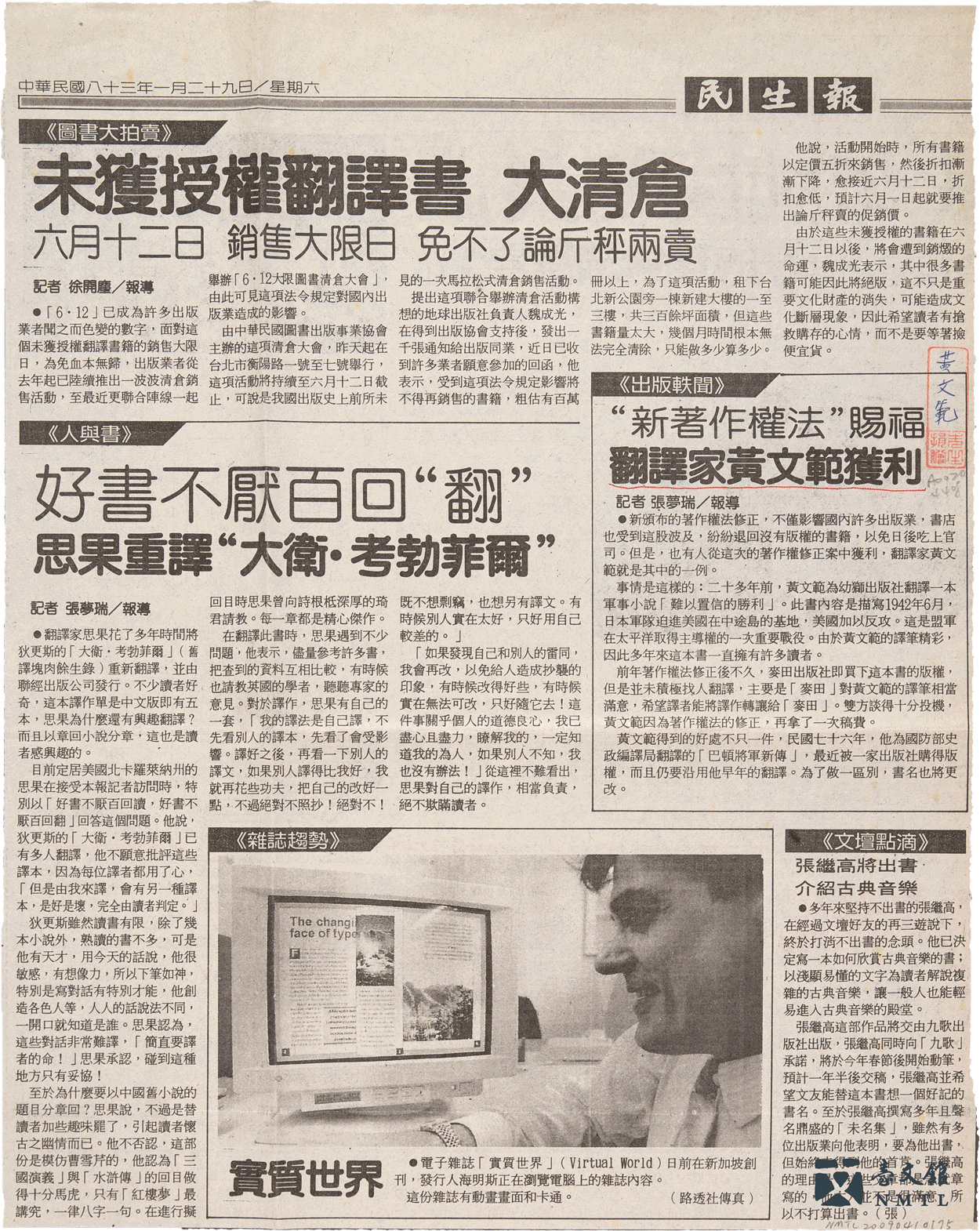
⁍ MIN SHENG BAO Reportage on 612 Expiration Date|1994.1.29.
Prior to the amendment of Taiwan's Copyright Act on June 10, 1992, foreign works and translations were not protected by law and it was commonplace for different translations of the same book to be marketed. The new law came into effect on June 12, 1992, effectively prohibiting publishers from reproducing unauthorized translations, and gave those who had completed printing a two-year buffer period until June 12, 1994. This became known as the "612 Expiration Date" and as reported by MIN SHENG BAO on January 29th of that year, it had major consequences for the publishing industry at the time, affecting publishers, distributors, and even translators. (Provided by Huang Wen-fan/ From the National Museum of Taiwan Literature permanent collection)
A revolution of mediums - the possibilities about reading
When the carrier of information evolved from paper to cell phones, tablets, audio books, and e-books, people's reading habits changed. The revolutionization of online platforms also allows literature to be presented in a diverse manner.
People nowadays run fan pages to publish articles regularly; these individual articles will then be compiled together and become structural books. YouTube and podcasts are also used to reach a wider audience and to build personal brands. At the same time, there are also authors dealing with niche issues with very specific styles and focuses in order to grow a loyal audience. In today's world, publishing requires diversified strategies, authors' own creativity, unique book cover designs, and variegated marketing approaches, which completely differ from how the industry used to be perceived by the public. In the era of self-media, as long as you are special and attract fans, you don't have to be a litterateur to become a writer.
Digitalization and market demassification have also redefined "books." Compared with traditional publishing companies and chain bookstores, a wide variety of emerging publishers with strong characteristics have caught the public's eye. "Zines," self-made books by independent publishers with limited publications reflecting the authors' unique characteristics, and print-on-demand books (e.g., Showwe and White Elephant), for instance, have all made publishing easier, leading to various possibilities for readers.
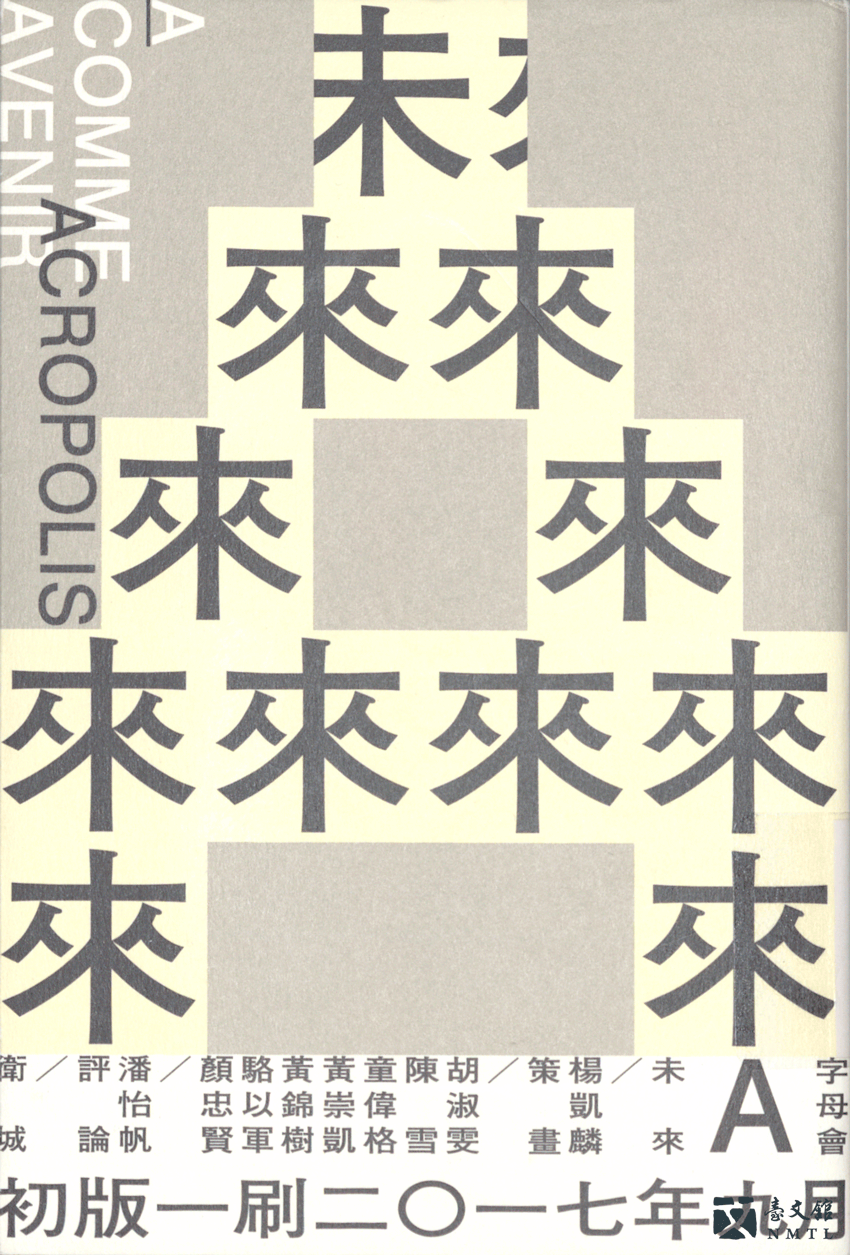
⁍ ALPHABET FOR THE FUTURE, Hu Shu-wen etc., organized by Yang Kai-lin|Acropolis, New Taipei City, 2017.9.
ALPHABET FOR THE FUTURE is a creative writing and publishing project. The authors selected a word that best represented contemporary thinking after each French letter from A to Z and wrote 26 novels of 5,000 words each. From concept, creation, publication, and review to book design, and even exclusive review magazines, lectures, reading clubs and audiobooks, ALPHABET FOR THE FUTURE was jointly created by Taiwan's top-tier authors, reviewers, publishers, and cover designers in an experimental attempt to realize a contemporary literature crossover. (From the collection of the library at the National Museum of Taiwan Literature)
🎬 Video Recordings of Seasoned Writers at National Museum of Taiwan Literature
This short film is composed of three highlight clips from CHIEN CHING-HUI, HEADING TOWARDS HAPPINESS—LIN JER-SHUNG, and MOON-LIKE STROLL—CHI CHI. In CHIEN CHING-HUI, the founding editor of TAIWAN REVIEW OF BOOKS, Chien Ching-hui, talks about the positioning of the publication and its significance in its time. In HEADING TOWARDS HAPPINESS—LIN JER-SHUNG, Lin Jer-shung, who helped create THE XINCHAO SERIES and founded THE TAIWAN SERIES, talks about his publishing experience, results and expectations of his successors. In MOON-LIKE STROLL—CHI CHI, writer Chi Chi looks back at the time she first entered the literary scene and how she later became a newspaper editor. (Literature recordings, National Museum of Taiwan Literature)
